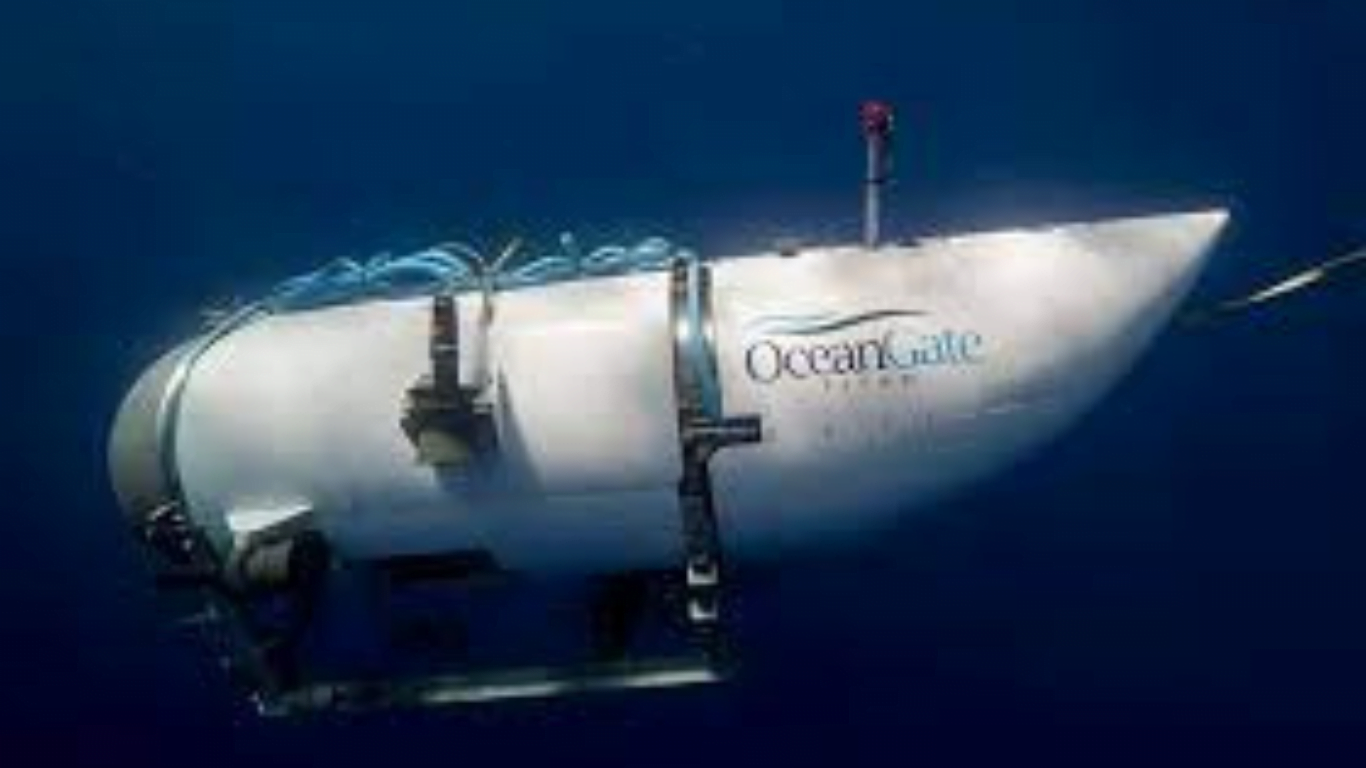
The year 2023 marked a grim reminder of the inherent dangers lurking in the depths of our oceans when a submersible met a fate similar to the infamous Titanic. The catastrophic implosion of the submersible raised concerns about the safety of deep-sea exploration and highlighted the potential risks faced by scientists, researchers, and adventurers in this uncharted territory. In this blog post, we will explore disasters similar to the Titanic Submersible Implosion throughout history that share eerie similarities with the Titanic Submersible disaster of 2023, shedding light on the need for enhanced safety measures and regulations in deep-sea exploration.
You May Like: Top Ten Cigars From Around the World, The Atlantic and The Looming Government Shutdown
1963-The USS Thresher Tragedy

In April 1963, the USS Thresher, a United States Navy nuclear-powered attack submarine, suffered a catastrophic implosion during deep diving trials in the Atlantic Ocean. The submarine’s hull collapsed under immense pressure, leading to the loss of all 129 crew members. The Thresher disaster served as a wake-up call for the naval industry, prompting significant advancements in submarine design and safety measures.
1968-The K-129 Submarine Incident

In March 1968, the Soviet submarine K-129 disappeared while on a classified mission in the Pacific Ocean. It was later discovered that the vessel had experienced an implosion at great depths. The loss of the K-129 and its crew remained a state secret until its wreckage was found by the United States using advanced deep-sea recovery techniques. This disaster showcased the perils of operating submarines in covert operations and the vital importance of avoiding implosions.
1968-The Loss of the USS Scorpion

In May 1968, the USS Scorpion, a United States Navy nuclear-powered submarine, disappeared in the Atlantic Ocean. Subsequent search efforts revealed the wreck at great depths, and the cause of the disaster was attributed to a possible implosion of the vessel’s hull. Although the exact circumstances leading to the Scorpion’s implosion remain unclear, this tragedy emphasized the importance of constant monitoring and improving submarine technology.
2017-The Argentine Submarine ARA San Juan

In November 2017, the Argentine Navy’s submarine ARA San Juan vanished with 44 crew members on board during a routine patrol in the South Atlantic. An investigation revealed that an implosion likely occurred due to a battery fire, leading to the tragic loss of the entire crew. This event highlighted the need for stringent safety checks and maintenance practices to prevent similar incidents in the future.
2000-The Kursk Submarine Disaster

In August 2000, the Russian nuclear-powered submarine Kursk, one of the largest and most advanced in the world, suffered a horrifying accident in the Barents Sea. An explosion in the forward torpedo room caused the vessel to sink rapidly, leaving all 118 crew members onboard tragically lost. The Kursk implosion sent shockwaves through the global submarine community and revealed the profound risks involved in operating these complex underwater vessels.
The series of submarine implosions discussed above serve as poignant reminders of the perils faced by explorers and researchers in the deep-sea realm. The loss of valuable lives and cutting-edge equipment emphasizes the need for stringent safety measures, thorough inspections, and continuous research to improve maritime engineering. By learning from these tragic events, the scientific community and regulatory bodies can work together to ensure safer deep-sea exploration and make significant strides in uncovering the mysteries of our oceans while mitigating the risks that come with such endeavors.




